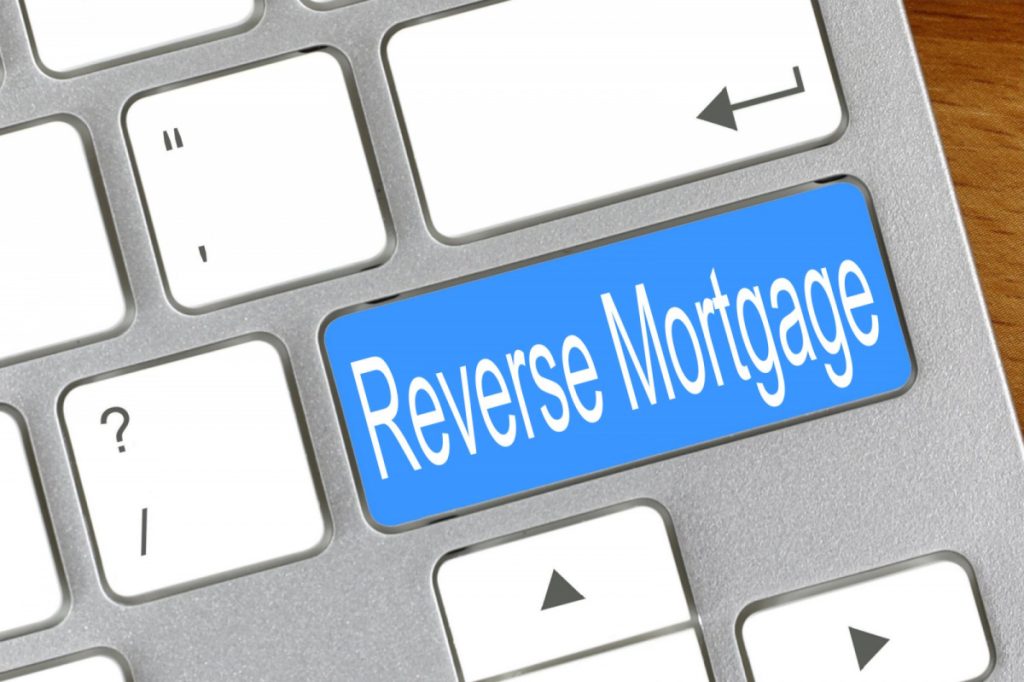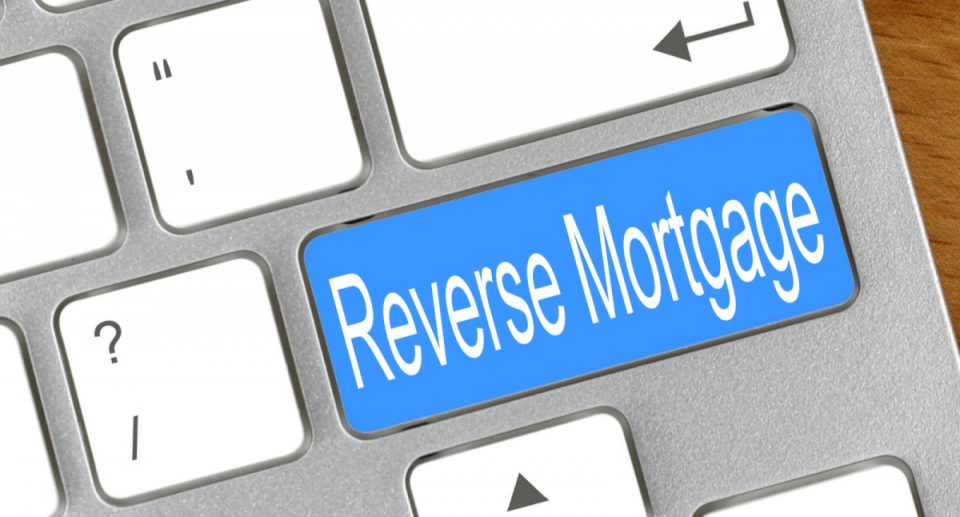What are the Pros and Cons of Reverse Second Mortgages?

For homeowners aged 62 and older, reverse second mortgages can offer an additional source of funds by tapping into the remaining equity in their home. However, like any financial product, they come with their own set of advantages and disadvantages. Understanding these pros and cons is crucial before making a decision. This blog post explores the benefits and drawbacks of reverse second mortgages to help you make an informed choice.
What is a Reverse Second Mortgage?

A reverse second mortgage allows homeowners who already have an existing reverse mortgage to borrow additional funds against the remaining equity in their home. It functions similarly to a standard reverse mortgage but adds another layer of complexity since it’s a secondary loan.
Pros of Reverse Second Mortgages

1. Access to Additional Funds:
One of the primary benefits of a reverse second mortgage is the ability to access more funds. This can be particularly useful if the homeowner has already exhausted the available funds from their initial reverse mortgage but still needs financial support for expenses such as medical bills, home improvements, or daily living costs.
2. No Monthly Payments:
Similar to a standard reverse mortgage, a reverse second mortgage does not require monthly mortgage payments. This can be a significant relief for retirees living on a fixed income, as it allows them to access funds without the burden of additional monthly expenses.
3. Flexibility in Fund Usage:
The funds from a reverse second mortgage can be used for any purpose. Whether you need to cover healthcare costs, make home repairs, or simply supplement your retirement income, this flexibility can be a significant advantage.
4. Non-Recourse Loan:
A reverse second mortgage is typically a non-recourse loan. This means that you or your heirs will never owe more than the home’s value at the time of repayment, even if the loan balance exceeds the home’s market value. This provides a layer of financial protection for borrowers and their families.
5. Improved Quality of Life:
Access to additional funds can significantly improve the quality of life for retirees. It can provide the financial freedom to enjoy retirement more fully, address unexpected expenses, and maintain the home in good condition.
Cons of Reverse Second Mortgages

1. Reduced Home Equity:
By taking out a reverse second mortgage, you are further depleting the equity in your home. This means less equity will be available to you or your heirs in the future, which could impact your financial legacy and your ability to access additional funds later on.
2. Increased Debt:
Since a reverse second mortgage is an additional loan, it increases the total amount of debt secured by your home. This can result in a higher loan balance that grows over time as interest accrues, potentially leading to significant debt that must be repaid when the home is sold or otherwise vacated.
3. Higher Costs and Fees:
Reverse second mortgages typically come with higher upfront costs and fees compared to other loan options. These may include origination fees, closing costs, mortgage insurance premiums, and servicing fees, which can add up and reduce the overall benefit of the loan.
4. Complex Qualification Requirements:
Qualifying for a reverse second mortgage can be more complex than for a standard reverse mortgage. Lenders may require a thorough financial assessment to ensure you can meet ongoing property expenses, and the property must meet certain condition standards. This can make the process more cumbersome and challenging.
5. Impact on Inheritance:
Taking out a reverse second mortgage can significantly reduce the amount of home equity available to your heirs. If leaving a financial legacy to your family is a priority, this is an important consideration, as the loan balance will need to be repaid from the sale of the home or other assets.
6. Potential for Financial Mismanagement:
With access to additional funds, there is a risk of financial mismanagement or overspending. Without careful planning and budgeting, the funds from a reverse second mortgage could be depleted quickly, leaving homeowners with limited resources and increased debt.
Is a Reverse Second Mortgage Right for You?

Deciding whether to take out a reverse second mortgage depends on your financial situation, goals, and needs. Here are some scenarios where it might be beneficial:
- Need for Extra Income: If your initial reverse mortgage funds are depleted, and you need more cash for daily expenses or emergencies, a reverse second mortgage can provide the necessary financial support.
- Home Improvements: If you need to make significant improvements or modifications to your home to maintain or enhance its value, accessing additional funds through a reverse second mortgage can be a viable solution.
- Medical Expenses: If you face unexpected medical costs that exceed your initial reverse mortgage funds, a reverse second mortgage can help cover these expenses without impacting your monthly budget.
However, it’s essential to weigh the potential benefits against the impact on your home equity and the inheritance you might leave for your heirs. Consider discussing your options with a financial advisor to ensure that a reverse second mortgage aligns with your long-term financial plans.
Tips for Managing a Reverse Second Mortgage
- Consult with a Financial Advisor: Before deciding on a reverse second mortgage, consult with a financial advisor who can help you understand the implications and explore alternative options. They can provide personalized advice based on your financial situation and goals.
- Budget Carefully: Create a detailed budget to manage the funds from your reverse second mortgage wisely. Prioritize essential expenses and avoid unnecessary spending to ensure the funds last as long as possible.
- Understand the Terms: Make sure you fully understand the terms of the reverse second mortgage, including interest rates, fees, and repayment conditions. This will help you avoid any surprises and make informed decisions about the loan.
- Consider Alternatives: Explore other financial options, such as refinancing your existing reverse mortgage, taking out a home equity line of credit (HELOC), or selling and downsizing your home. Each option has its pros and cons, and a financial advisor can help you determine the best fit for your needs.
Conclusion
A reverse second mortgage can be a valuable tool for homeowners aged 62 and older who need additional funds beyond their initial reverse mortgage. Understanding the pros and cons of this financial product is crucial to making an informed decision. While a reverse second mortgage can provide much-needed financial support and improve the quality of life, it also comes with increased debt, reduced home equity, and potential impacts on inheritance. Always seek advice from financial professionals and carefully weigh your options before proceeding.





